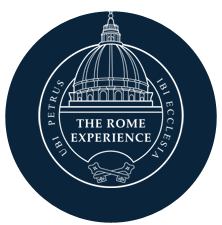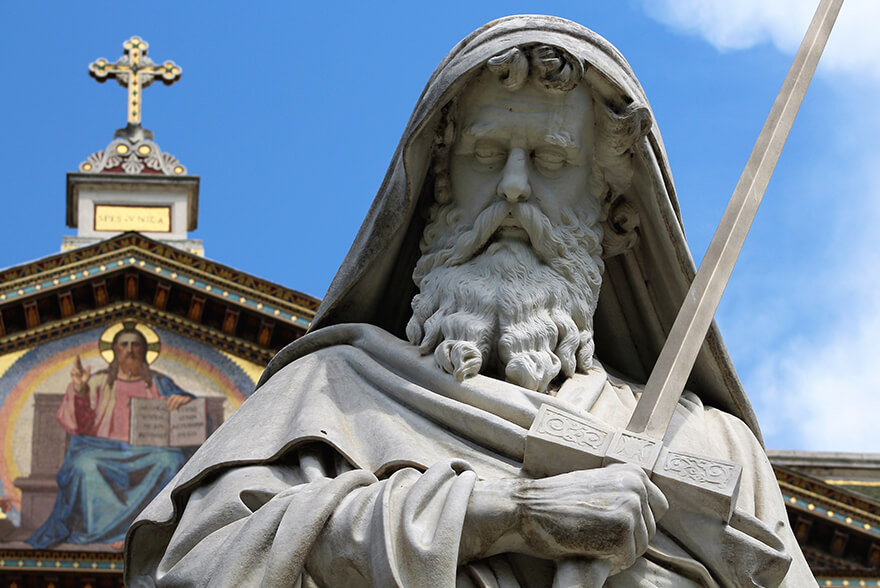“QUO VADIS?” | POSTCARDS FROM ROME 2018
Monday morning began with a brisk walk up to the Janiculum. The vista boasts one of the best views of Rome. Afterwards, we trekked down the hill into Trastevere. The highlight was visiting Sta. Maria, which has some of the oldest exterior fresco’s in the city. Supposedly, the exterior of the facade was so dirty that for years the frescos were unable to be seen. Thanks to a recent cleaning, we were able to see the depiction of Jesus Christ and his Apostles. Upon the walls of the exterior, they inlaid pieces of stone from the sarcophagi that were found beneath the church as it was being built. Some of them are in Latin and others in Greek.
Tuesday morning we took a bus to visit the site of our Lord’s appearance to St. Peter, where Peter asked Jesus, “Quo vadis?” (Where are you going?). Jesus told Peter that he was returning to Rome to be crucified again. This encounter gave Peter the fortitude to return to Rome himself, to face his own death.
After visiting the chapel dedicated to this story, we had a guided tour of the catacombs of St. Callistus. More that 500,000 bodies were buried within the catacombs which cover 15 acres and descend 4 levels (approximately 35 meters below the surface). We were given some time to pray as a group in one of the larger chambers within which the ancient Christians were laid to rest. It was a powerfully moving experience. A few notable people buried there were St. Cecilia and Pope Fabian.
Wednesday included a tour of the Roman Forum and the Colosseum. To learn of the complexity and sophistication of Roman culture was quite impressive. Gaining an understanding of the Roman culture which celebrated violence in the Colosseum helped me to appreciate the radical effect which the Christian message would have brought in that time. The Christian faith remains the same today and in many ways, the message just as radical.
In the afternoon we visited St. Paul’s Outside the Walls and were given a private tour from Cardinal Harvey. He also treated us to lunch at the Basilica’s café. The time spent with Cardinal Harvey was edifying. My favorite part of St. Paul’s was that the remains of St. Paul and John the Baptist’s head are kept there. Praying there was a special gift for me. Around the inside upper level of the Basilica are large mosaics of all of the Popes since the foundation of the Church (from St. Peter to Pope Francis). It was a tremendous display of the apostolic succession.
Thursday’s highlight was visiting St. Clement’s. It is a basilica built upon layers of history which were recently discovered (within the last 100 years). At the lowest level, there was a 1st century pagan cult house of worship. This was later converted into a Roman Mint. When Constantine converted, he built a basilica over the foundation of the Roman Mint. The area was preserved because the ground level had been steadily rising in Rome. Lastly, the current basilica was built, which stands today. The crucifix mosaic in the apse is likely the oldest recorded display of Jesus’ Crucifixion as a religious symbol in a church that historians have located. I was able to take time praying there in awe of the beauty, history, and mystery. Both the remains of St. Cyril and St. Clement are housed within the basilica as well.
The Scavi tour takes you back through the time before the founding of the Church and culminates with encountering the remains of St. Peter. The location is directly under the baldaquino in St. Peter’s Basilica. The highlight of Friday was experiencing this tour and praying before St. Peter. During the tour our guide explained the history of the Circus of Caligula, which was located where St. Peter’s stands today. The obelisk within the center of the circus is placed in the center of St. Peter’s Square today. This circus was the place where St. Peter was martyred and the place of his tomb, just outside the circus, is where the basilica was built over. Realizing that we stood and prayed on the very ground where the Rock of the Church lays in rest was nearly incomprehensible. It is an incredible place which each Christian should visit during their life. I feel that visiting the place vastly increased my understanding of the early Church and the Apostles of Christ. For myself, it was the highlight of the week. I often ask for St. Peter’s intercession and having the opportunity to pray at his resting place was an honor and a blessing.
Michael Willig
The Rome Experience Class of 2018
Archdiocese of Cincinnati
Mount St. Mary of the West Seminary


